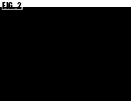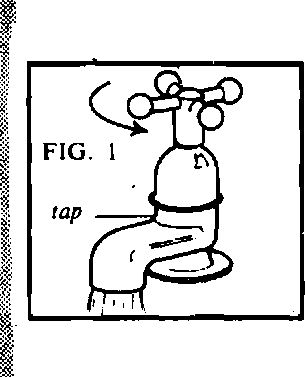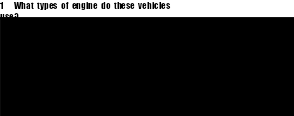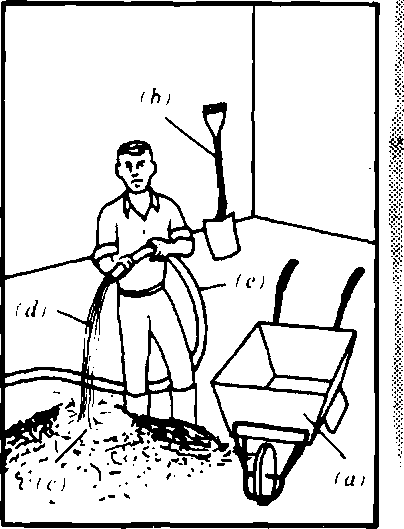ВУЗ: Национальный исследовательский ядерный университет МИФИ
Категория: Задание
Дисциплина: Английский язык
Добавлен: 06.02.2019
Просмотров: 1730
Скачиваний: 13
Water tap
W hen
you turn the handle
of
a water tap
clockwise,
the water
stops.
When you turn it anti-clockwise, the water pours out of the tap
again. How does this work?
hen
you turn the handle
of
a water tap
clockwise,
the water
stops.
When you turn it anti-clockwise, the water pours out of the tap
again. How does this work?
\
Look at FIG. 2. The tap has a handle on the top, and inside there is a bolt, and a washer. The washer is over a hole.
When you turn the handle clockwise, this makes the bolt move downwards. The washer then covers the hole and stops the water.
When you turn the handle anticlockwise, the bolt moves upwards and the washer uncovers the hole again. This lets the water flow through the tap again.


ENGINES
The two most common types of engine for land vehicles are the petrol engine and the diesel engine.
Petrol engines are usually lighter and smaller than diesel engines. This makes them cheaper, and this is why most cars and motorbikes use petrol engines. Petrol engines are also less noisy than diesel engines. They usually go faster. On the other hand, diesel engines use less fuel and last longer than petrol engines, and this is why larger vehicles such as trucks and trains use them. They are also safer than petrol engines, because their is less danger of fire.
There are two main types of petrol engine—4-stroke and 2-stroke. All cars and larger motor-cycles use 4-stroke engines. But most smaller motorbikes use 2-stroke engines. These are lighter and smaller than 4-stroke engines, and are therefore cheaper.

WELLS
Look at the three types of wells in FIG. 1. Well A is the simplest of the three. It consists of a pipe, a point and a pump. You hammer the pipe into the ground until the point is below water level. The pipe is usually less than 10 mm wide and less than 20 m long. The width of the hole is the same as that of the pipe. Well В is the cheapest because it has no pump. It uses a bucket and rope. The hole is usually more than 1 m wide. Well В is usually about the same depth as Well A.
The best (and most expensive) well is C. The hole is usually less than 0.3 m wide, and the pipe has the same width as the one in Well A. The depth is usually more than 20 m. Well С uses a pump.
21
What
are the objects in Fig. 1
called?
How to weld (Electric Arc)
-
Hold the screen in front of your eyes.
-
Hold the electrode at 80° to the surface of the plates.
-
Make sure that the tip of the electrode is less than 3 mm
from the plate.
-
Strike an arc between the tip and the plate.
-
Move the electrode steadily backwards in a straight line (see FIG. ).


What
do the letters in FIG. 1 and FIG. 2 refer to?
How to mix concrete by hand

Concrete
is made from cement, aggregate and a small amount of water. The
aggregate is both coarse (e.g. stones and gravel) and fine (e.g.
sand). The coarse aggregate, fine aggregate and cement are usually
in the ratio 4:2:1.
1 Put two shovelfuls of sand into a wheel-| barrow
.
2 Add a shovelful of cement.
3 Mix these thoroughly with a shovel.
4 Add four shovelfuls of gravel. Mix thoroughly.
5 Make a hollow in the middle. Add a little
water with a hose. CAUTION: Do not
add all of the water—only a little.
6 Mix the materials thoroughly.
7 Add more water and mix again until the
concrete is the correct thickness.